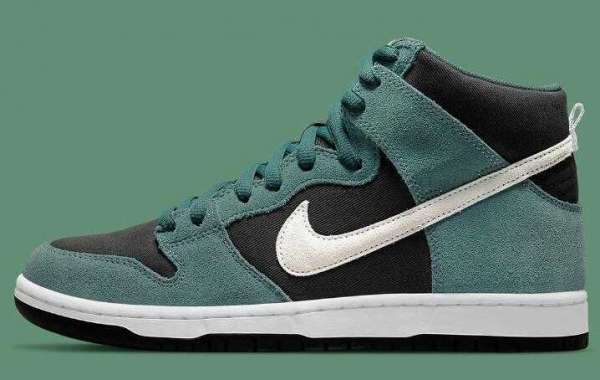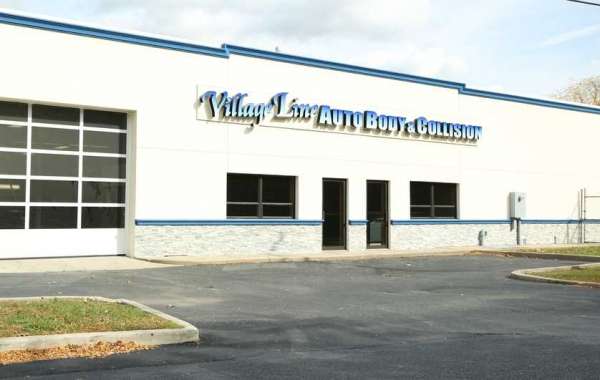Hair transplants have revolutionized the field of hair restoration, offering effective solutions for those experiencing hair loss. However, Afro-textured hair presents unique challenges that require specialized techniques to achieve optimal results. The distinct structure of Afro hair—characterized by its curliness, tight coils, and follicular shape—demands precise surgical approaches like Follicular Unit Extraction (FUE) and Direct Hair Implantation (DHI). In this article, we will explore the science behind Afro hair transplants, the challenges involved, and why specialized techniques are crucial for success.
Understanding the Unique Structure of Afro Hair
Afro-textured hair differs from other hair types in several ways, making hair transplants more complex. Some key characteristics include:
Curved Follicular Structure: Unlike straight or wavy hair, Afro hair grows in a curved or spiral shape, which extends beneath the scalp. This curvature requires precision in follicle extraction and implantation.
Dense and Fragile Follicles: Afro hair follicles tend to be denser but more fragile, increasing the risk of follicular transection (damage) during extraction.
Keloid Scarring Tendency: People of African descent are more prone to keloid scarring, making post-surgical healing a crucial consideration.
Higher Hair Volume: Despite having fewer hair follicles per square centimeter than straight hair, the density and curl pattern of Afro hair provide excellent coverage when transplanted correctly.
Understanding these unique characteristics is essential for selecting the appropriate hair transplant method.
Specialized Hair Transplant Methods for Afro Hair
The two most effective hair transplant techniques for Afro-textured hair are Follicular Unit Extraction (FUE) and Direct Hair Implantation (DHI). Each has distinct advantages tailored to Afro hair restoration.
1. Follicular Unit Extraction (FUE) for Afro Hair
FUE is a widely used hair transplant technique involving the extraction of individual hair follicles from the donor area, typically the back or sides of the head. These follicles are then implanted into thinning or balding areas.
Why FUE is Suitable for Afro Hair:
Uses specialized punches to safely extract curved follicles without damaging them.
Minimally invasive, resulting in smaller scars and a quicker healing process.
Reduces the risk of keloid scarring by using precise extraction techniques.
Allows for a natural-looking hairline with well-aligned follicular units.
However, FUE requires expertise because the natural curl of Afro hair makes it harder to extract intact follicles without transection.
2. Direct Hair Implantation (DHI) for Afro Hair
DHI is an advanced version of FUE that involves direct implantation using a specialized Choi implanter pen, eliminating the need to create incisions beforehand.
Why DHI is Effective for Afro Hair:
The implanter pen protects curly follicles during insertion, maintaining their natural direction.
Faster recovery time with minimal trauma to the scalp.
Offers higher precision and control, reducing the risk of follicular damage.
Helps achieve dense and natural-looking results, particularly for Afro hairlines and edges.
DHI is ideal for patients seeking maximum control over the angle and depth of implantation, ensuring a seamless blend with natural hair.
Challenges of Afro Hair Transplants and How Experts Overcome Them
While Afro hair transplants yield excellent results, they require skilled surgeons to overcome unique challenges:
1. Higher Follicular Transection Rate
The natural curl of Afro hair extends beneath the scalp, making follicle extraction more difficult.
Solution: Surgeons use custom-made extraction tools with a curved punch design to accommodate the shape of Afro hair follicles, reducing damage.
2. Increased Risk of Keloid Scarring
People with Afro-textured hair have a higher likelihood of developing keloids or hypertrophic scars.
Solution: Surgeons adopt a minimally invasive approach, using fine punches and proper post-surgical care to minimize scarring.
3. Achieving Natural Hairline Design
A poorly designed hairline can result in unnatural-looking transplants.
Solution: Surgeons use artistic precision to mimic the patient’s natural curl pattern and density, ensuring a seamless transition between transplanted and existing hair.
4. Donor Area Limitations
Afro hair patients may have a limited donor area due to hair texture and density.
Solution: Surgeons optimize donor graft selection and use techniques like DHI to maximize graft survival and coverage.
The Role of Expert Surgeons in Afro Hair Transplants
Since Afro hair requires specialized handling, choosing an experienced surgeon is critical. When selecting a clinic for an Afro hair transplant, consider the following:
Expertise in Afro Hair Restoration: Ensure the surgeon has extensive experience in transplanting Afro-textured hair.
Advanced Technology: Clinics using precision extraction tools and advanced implantation techniques yield better results.
Before-and-After Portfolio: Reviewing past results from Afro hair transplant patients provides insight into a surgeon’s skill.
Patient Testimonials: Positive reviews and patient satisfaction rates reflect the clinic’s credibility.
Afro Hair Transplants for Men vs. Women
Afro hair transplants benefit both men and women experiencing hair loss, but there are some differences in approach.
Men’s Afro Hair Transplants:
Typically focus on restoring the hairline, crown, and temples.
FUE is the preferred method due to the ease of donor area harvesting.
Post-transplant styling options include short fades and natural curl patterns.
Women’s Afro Hair Transplants:
Often performed to address traction alopecia from tight hairstyles like braids and weaves.
Requires a more delicate approach due to a wider donor area and differing hair density.
DHI is commonly used to implant follicles with minimal disruption to existing hair.
Regardless of gender, customized transplant techniques ensure natural and lasting results.
Long-Term Care After an Afro Hair Transplant
Post-operative care is crucial to ensure the longevity of a hair transplant. Here are essential tips for maintaining healthy transplanted hair:
Follow Post-Surgical Guidelines: Adhere to doctor-recommended aftercare routines, including avoiding excessive touching or washing of the scalp in the first few days.
Use Gentle Hair Products: Avoid harsh chemicals and use sulfate-free shampoos designed for Afro hair.
Avoid Tight Hairstyles: Give your new hair time to grow without excessive tension from braids or tight ponytails.
Maintain a Healthy Diet: A diet rich in vitamins, biotin, and proteins promotes hair growth and strength.
Attend Follow-Up Appointments: Regular check-ups ensure that the transplanted hair is growing as expected.
Conclusion
Afro hair transplants require specialized techniques due to the unique structure of curly, coiled hair. The FUE and DHI methods provide the best outcomes, ensuring minimal scarring and maximum hair survival. Choosing an experienced surgeon skilled in Afro-textured hair restoration is crucial for achieving natural, long-lasting results. With the right approach, Afro hair transplants not only restore lost hair but also boost confidence and enhance overall well-being.
If you’re considering an Afro hair transplant, consult with a qualified specialist to explore the best technique for your hair type and goals. Investing in the right procedure will ensure a successful, natural-looking hair restoration journey.








